It was once the largest intelligence agency in the world
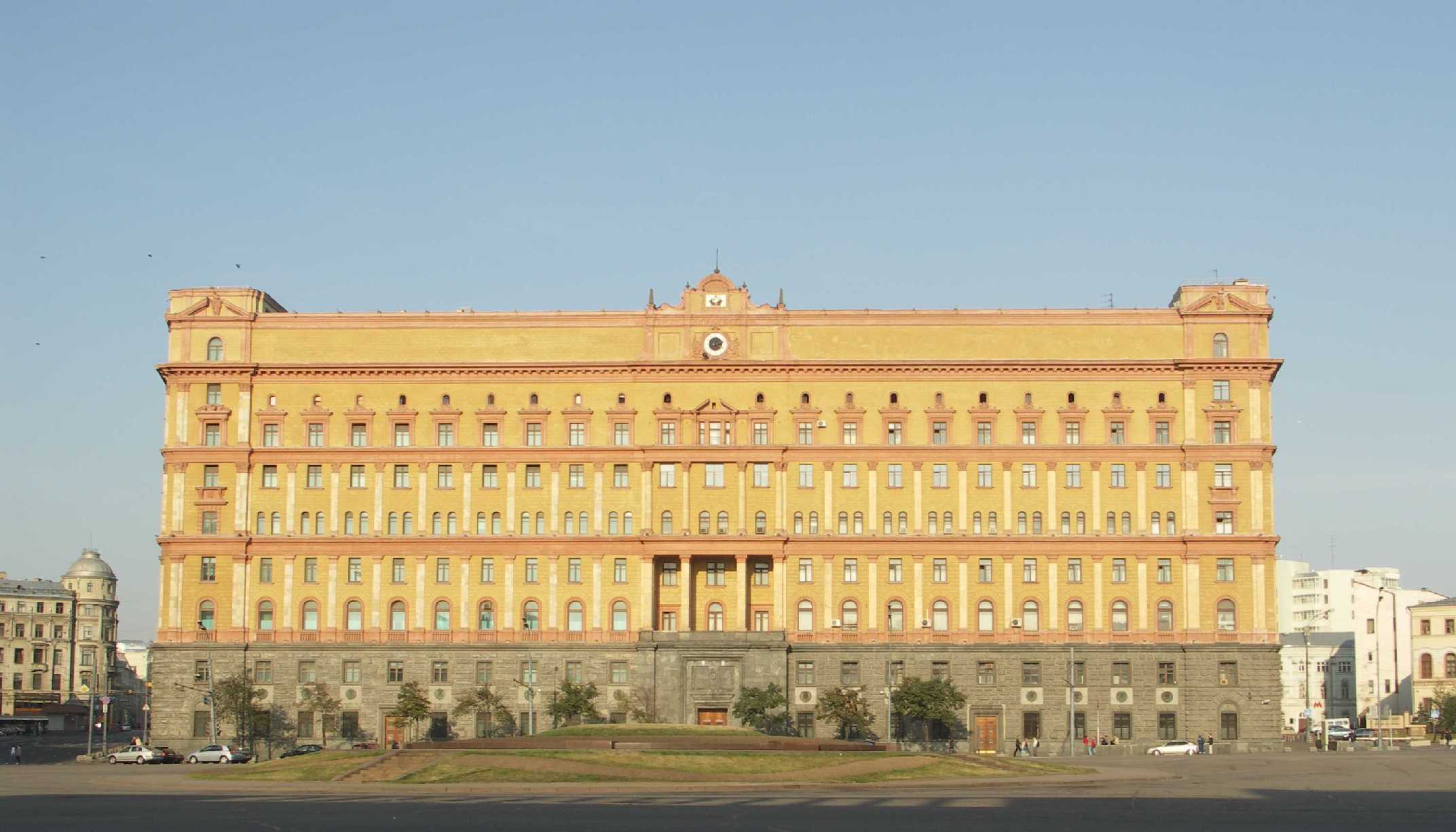
1947 saw the formation of America’s Central Intelligence Agency and the beginning of the Cold War, and this was one of the key reasons the KGB was introduced. At its peak, the KGB is believed to have employed over 480,000 agents, making it the world’s biggest spy organisation (although the CIA was better funded).
The KGB policed the USSR itself as well as operating internationally
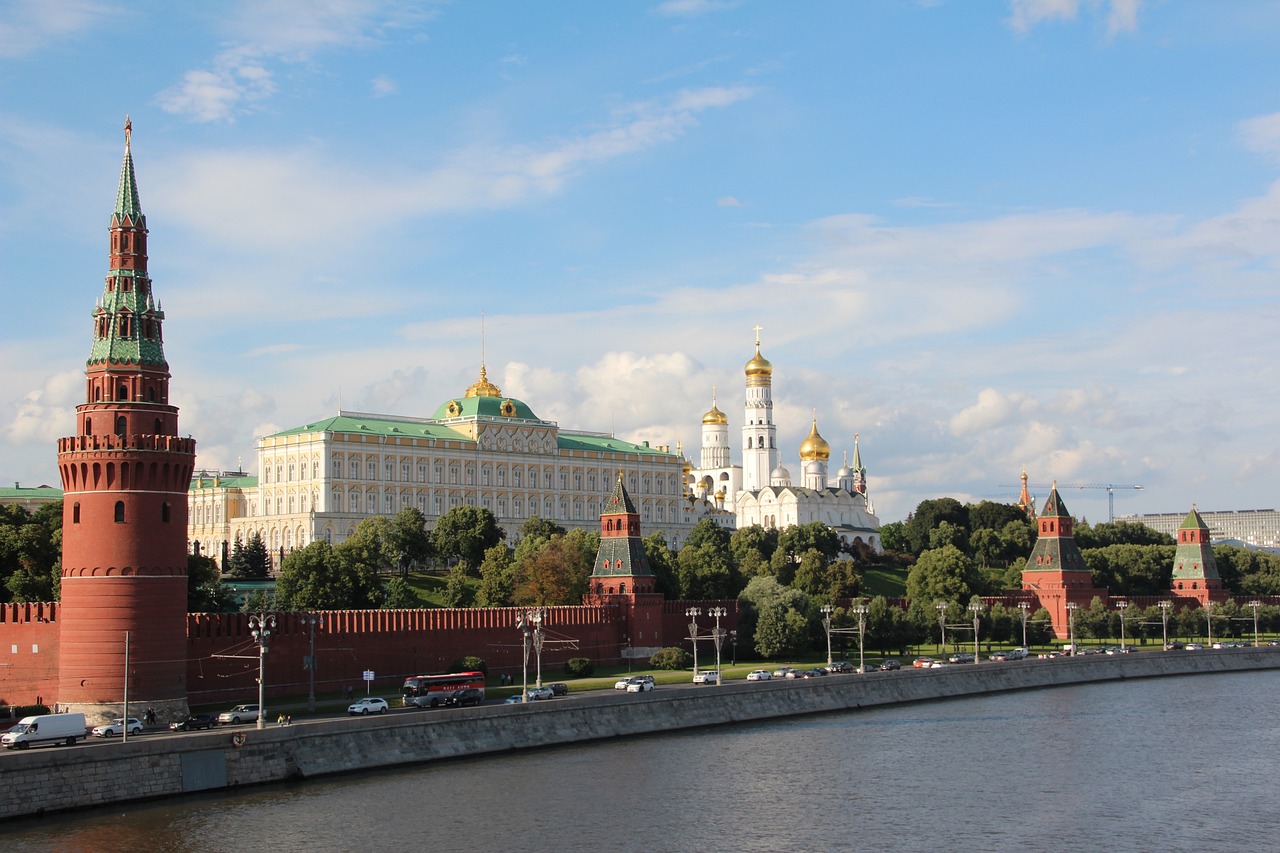
Most major countries have multiple intelligence agencies serving a variety of functions. For instance, America’s FBI and Britain’s MI5 cover domestic affairs, whilst the CIA and MI6 operate internationally. By contrast, the KGB worked both around the world and at home in the USSR, and this may go some way to explaining why it was the single largest intelligence agency of its time.
KGB agents infiltrated every major intelligence agency in the West
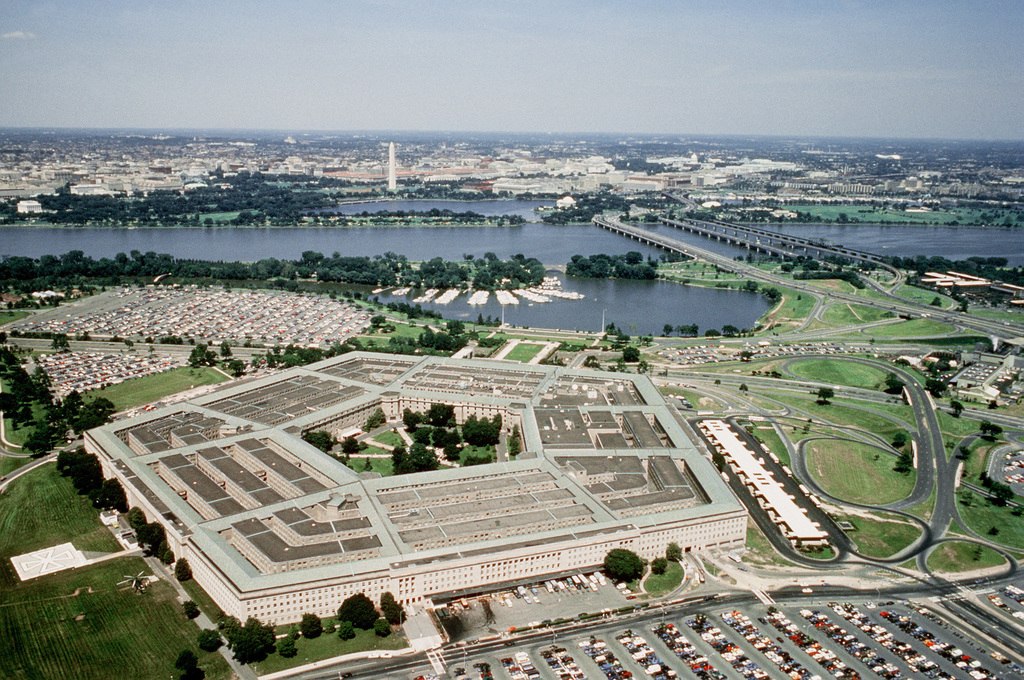
When the KGB was at its peak, its spies became shrewd masters of espionage and covert intelligence gathering. While the nature of the field makes official figures hard to verify, it is believed that KGB agents were able to infiltrate every major intelligence agency in the west, including America’s CIA and Britain’s MI6.
Many sleeper agents spent years living and working in the US

Throughout the Cold War, many in the West were anxious about Soviets living in secret among them – and this wasn’t all baseless paranoia. The KGB was indeed in the habit of sending ‘sleeper agents’ to the US, many of whom would spend years living seemingly ordinary lives before being ‘activated.’ Typically, KGB sleeper agents would find work in prominent divisions of US government and industry.
KGB agents used James Bond-style gadgets
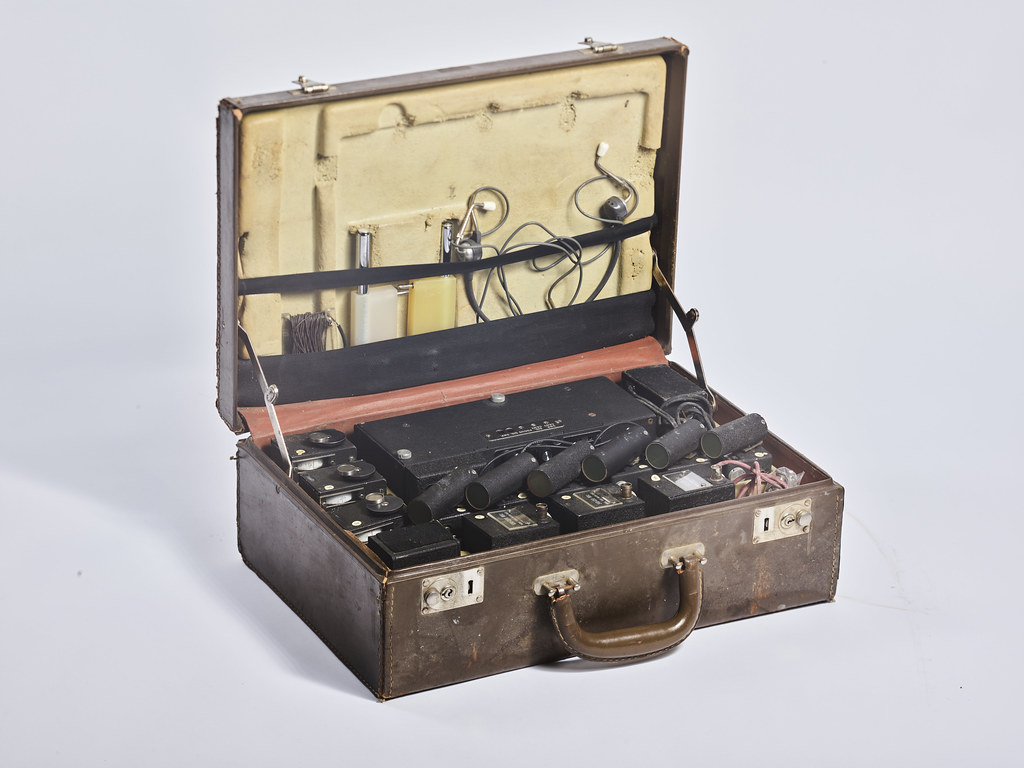
Thanks to decades of fanciful secret agent movies, we tend to think of spy gadgets – seemingly ordinary items with hidden functions – as pure fiction. However, in their heyday KGB agents did indeed use such outlandish items, such as poison-tipped umbrellas, tiny cameras hidden in shirt buttons, miniature guns disguised as cigarette cases, poisoned chocolates and cyanide spray-guns.
The KGB often used ‘honey traps’

Another popular device from spy fiction which has a solid basis in fact is the ‘honeytrap’ or ‘honey pot,’ in which agents use sexual seduction to gather intelligence and/or disgrace prominent figures. The KGB employed female agents dubbed Swallows for this specific purpose. Among those who fell victim to such plots were the British Member of Parliament Anthony Courtney.
Some suspect the KGB arranged John F Kennedy’s assassination

One of the darkest moments of the Cold War was the 1963 assassination of US President John F Kennedy, which to this day is swathed in conspiracy theories. It has been suggested (though not proved) that assassin Lee Harvey Oswald was a KGB agent, a theory lent weight by the fact that Oswald had lived in Russia and been in touch with the Soviet embassy prior to the shooting.
The KGB pioneered ‘enhanced interrogation’
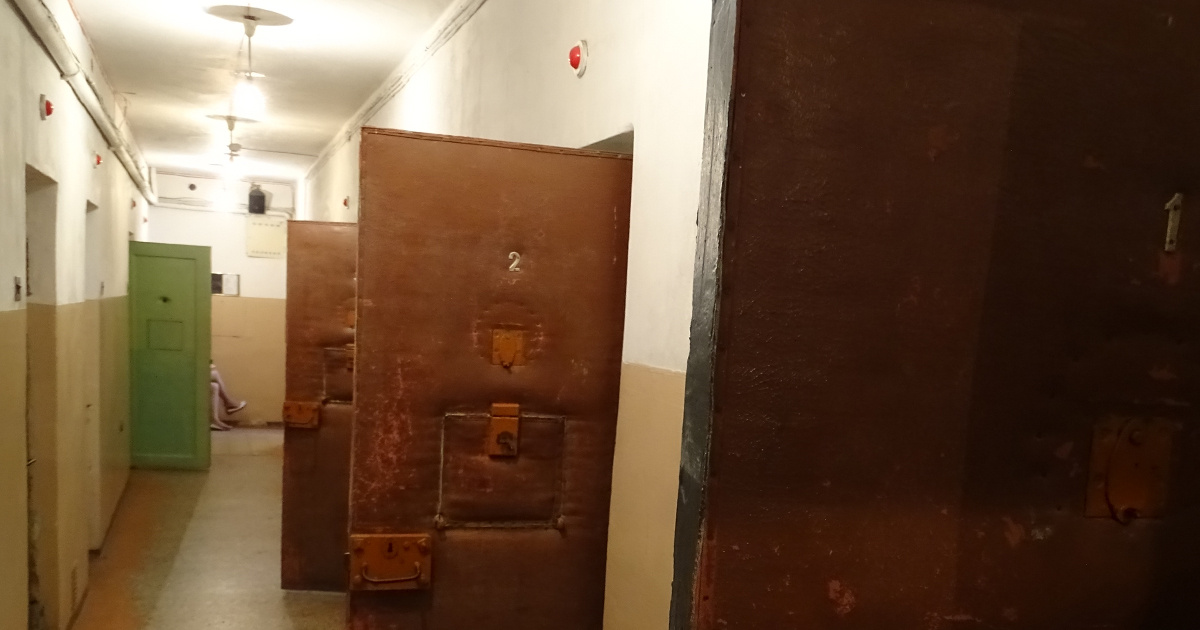
The KGB gained notoriety for their harsh treatment of prisoners and the means by which they extracted information. This would include keeping prisoners awake, isolated, uncomfortable and unfed for extended periods, as well as inflicting physical pain. US psychiatrists advised that such techniques were torture, which would inevitably result in false confessions – yet the CIA later used such techniques after 9/11.
Its name translates to English as ‘Committee for State Security’
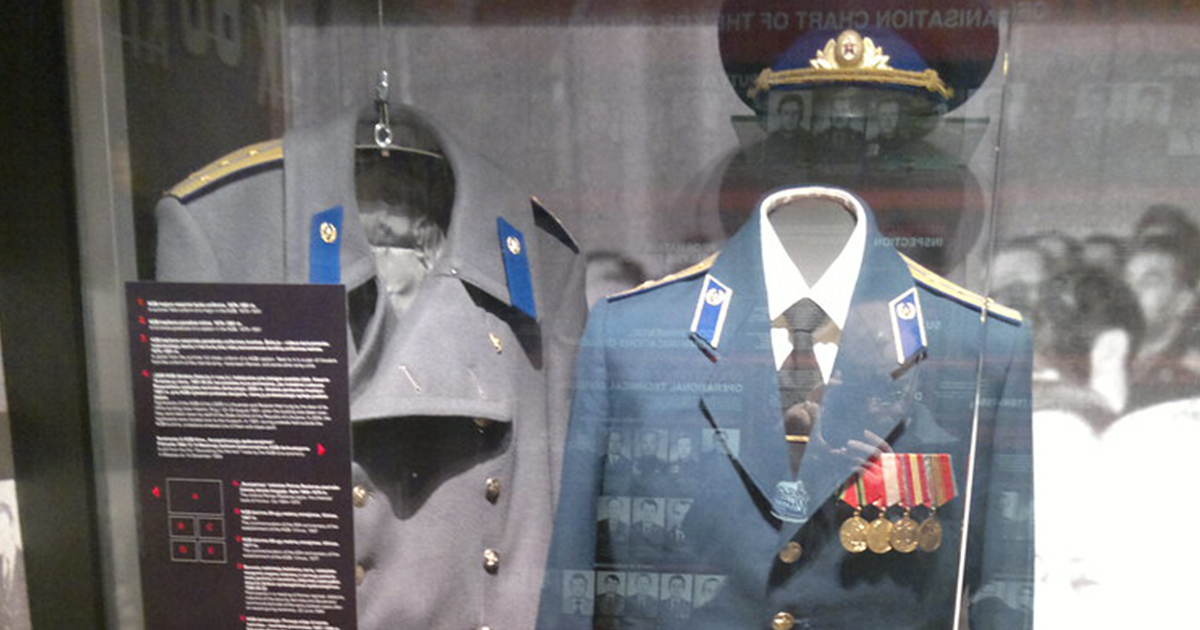
The KGB was established in 1954, following the death of Soviet leader Josef Stalin the previous year. A successor to previous Soviet security agency the NKVD (whose name translates to English as The People’s Commissariat for Internal Affairs), the KGB’s full, unabbreviated title – Komitet Gosudarstvennoy Bezopasnosti – means the Committee for State Security.
It was disbanded in 1991
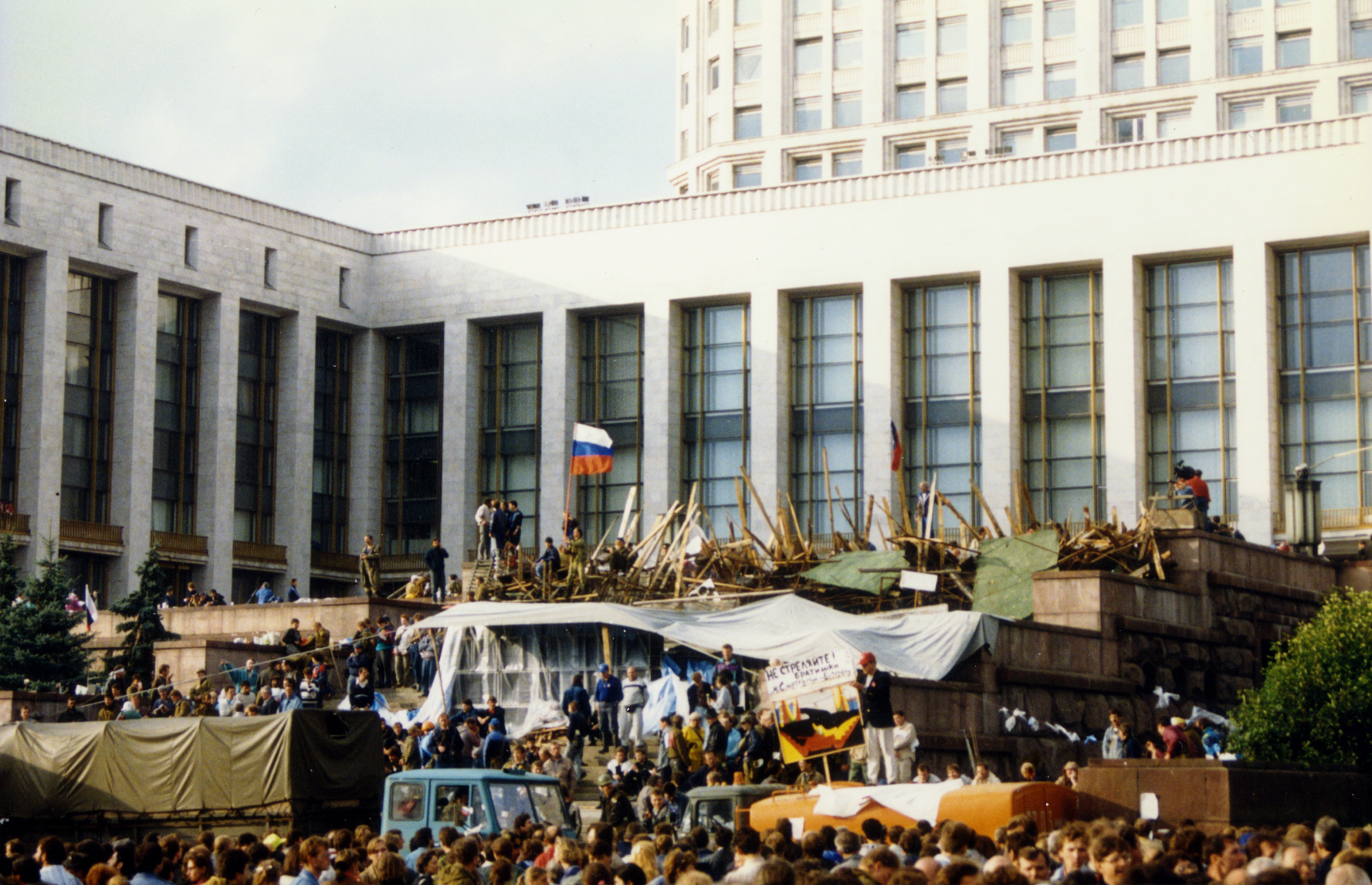
Considering what a major impact the KGB had on the geopolitical landscape, the organisation was in fact relatively short-lived. After being officially founded on March 13th, 1954, the KGB was dissolved just 37 years later on December 3rd 1991, as the Soviet Union was gradually dismantled.